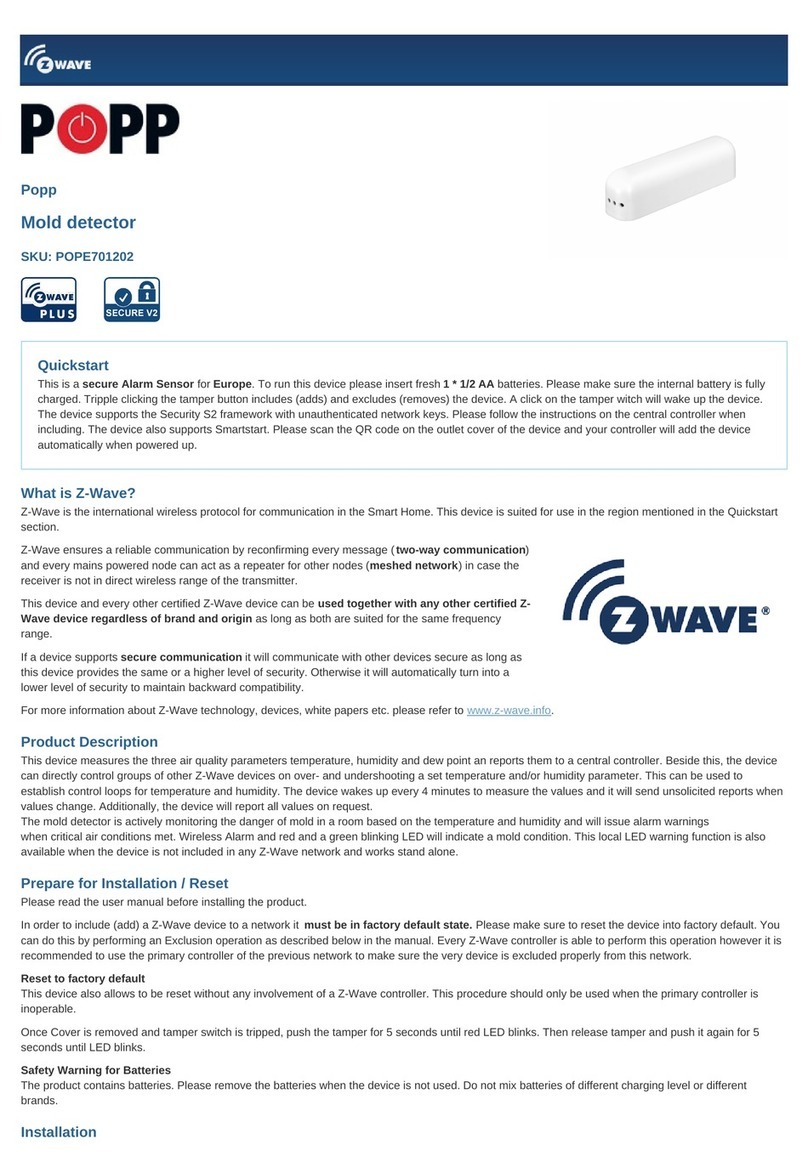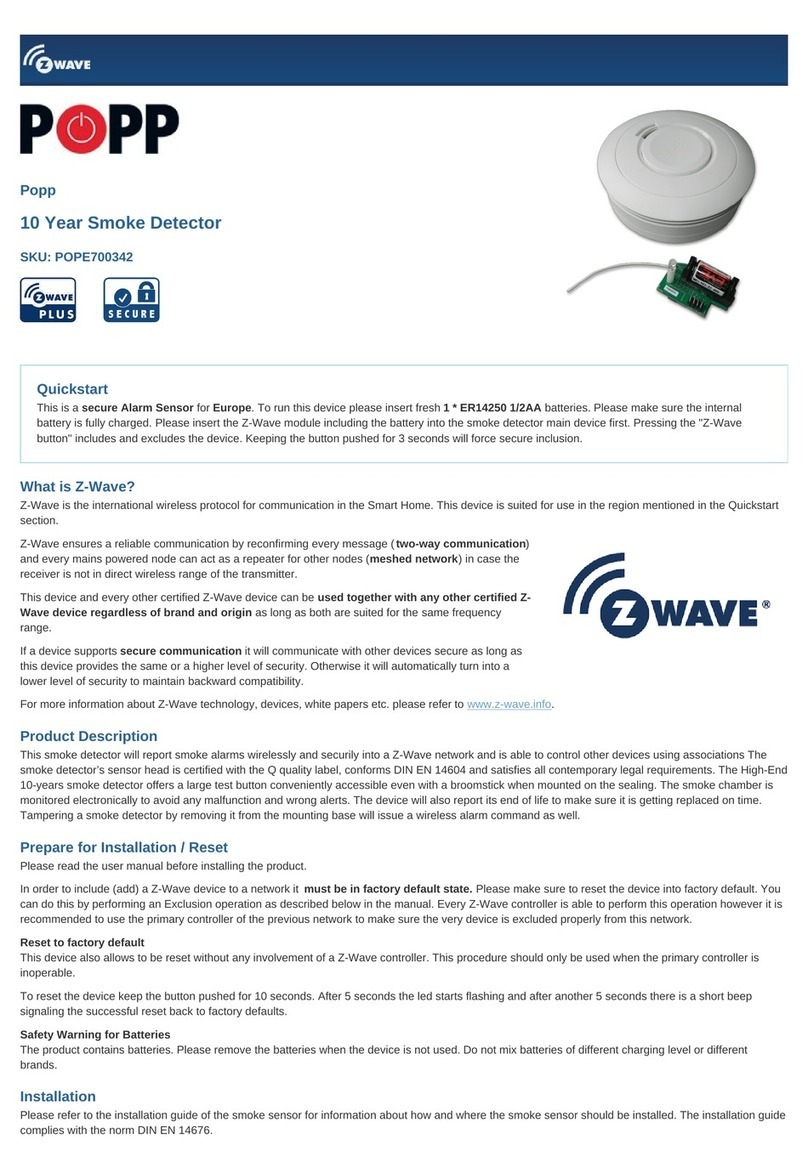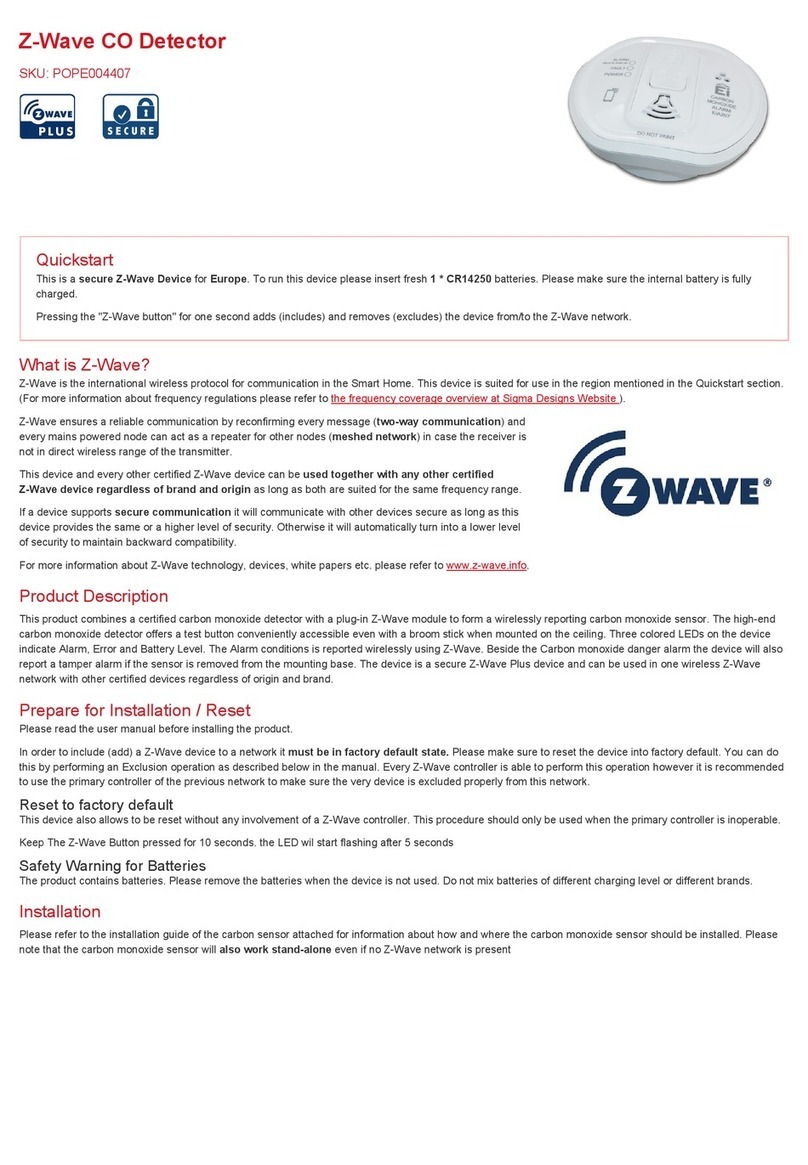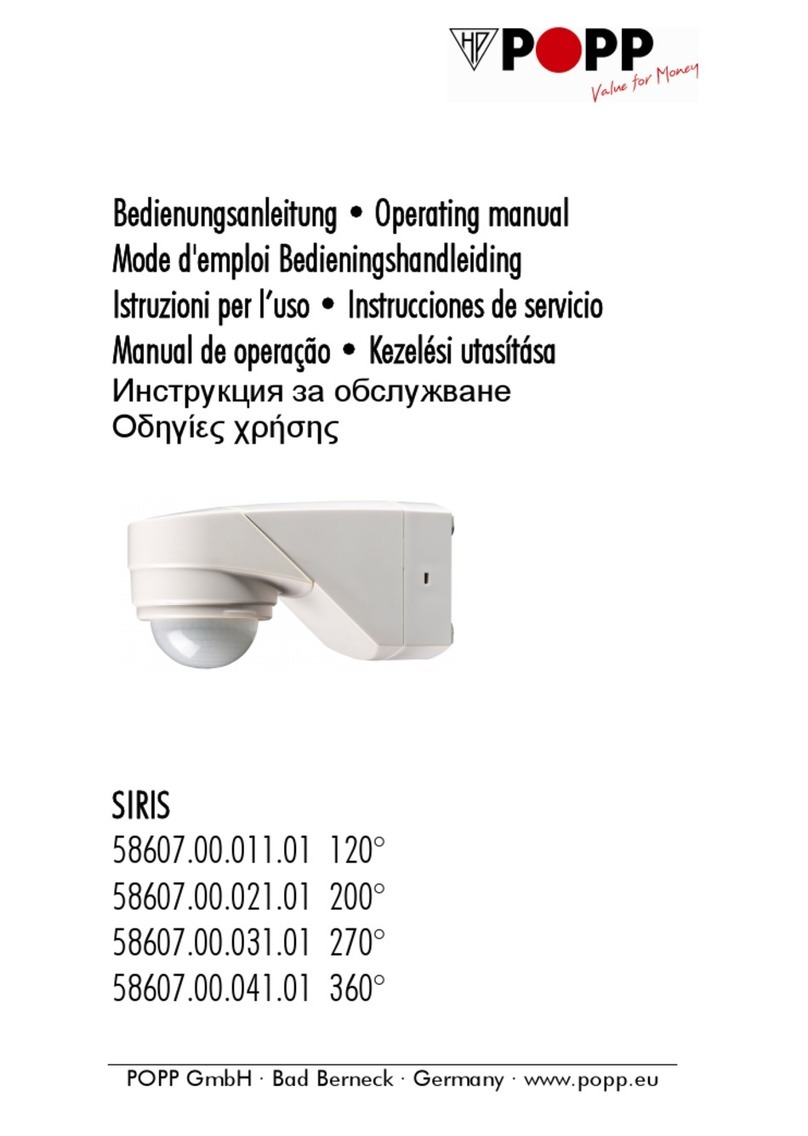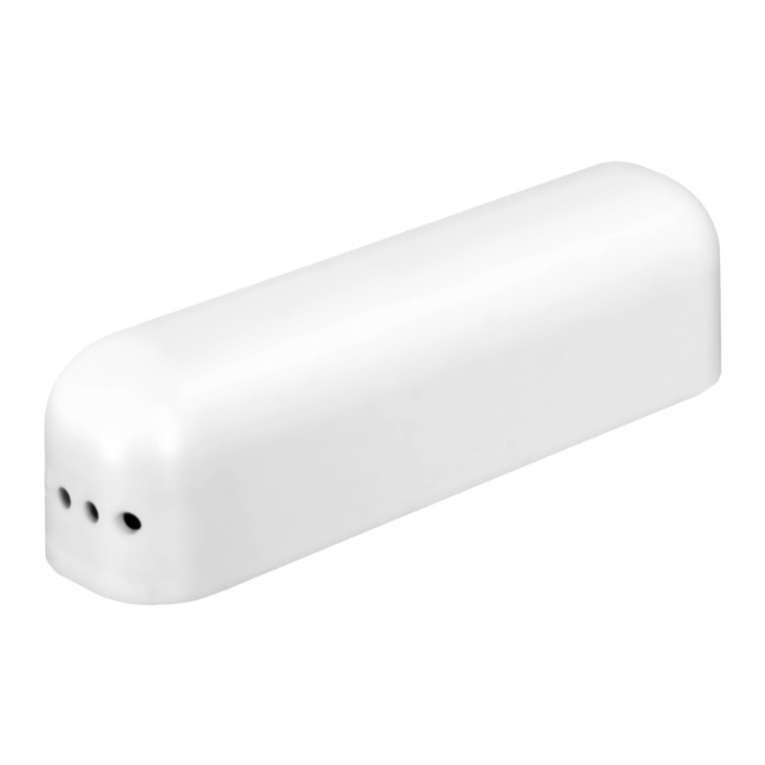Behavior within the Z-Wave network
IOn factory default the device does not belong to any Z-Wave network. The device needs to join an
existing wireless network to communicate with the devices of this network. This process is called Inclusion.
Devices can also leave a network. This process is called Exclusion. Both processes are initiated by the
primary controller of the Z-Wave network. This controller will be turned into exclusion respective inclusion
mode. Please refer to your primary controllers manual on how to turn your controller into inclusion or
exclusion mode. Only if the primary controller is in inclusion or exclusion mode, this device can join or leave
the network. Leaving the network - i.e. being excluded - sets the device back to factory default.
If the device already belongs to a network, follow the exclusion process before including it in your network.
Otherwise inclusion of this device will fail. If the controller being included was a primary controller, it has to
be reset first.
Exclusion, Inclusion are confirmed by hitting the programm button for 1 sec when the sensor is removed
from the mounting ring and the tamper switch is released.
Operating the device
Power-on Mode: 1) Install the battery into the module 2) The detector will emit a beep in 0.5 seconds and
the three LEDs will flash once quickly. 3) Close the bracket. The CO detector will alarm once remove the
bracket.
Stand-by Mode: The Green LED flashes one time every 60 seconds.
Alarm Mode (It is the status when the alarm is triggered.): If a certain density of CO is detected, an audible
alarm with 4 beeps, pause 5 seconds and 4 beeps will occure. The red LED will flash continuously and
rapidly. Meanwhile, the CO detector will send an alarm report (type: CO alarm, state: alarm) to the user’s
controller and also the CO dectecor will send an alarm report (type: CO alarm, state: No alarm) while the
alarm goes off.
Error Mode: If the CO detector beeps once and yellow LED flashes three times every minute, it indicates
the CO detector is not working properly. Please require to repair or service.
Low battery warning Mode: The yellow LED will flash once every minute with a "beep" sound.
Low sensitivity Mode: The yellow LED will flash twice every minute with a "beep" sound. It indicates the
CO detector has internal problem, please replace the unit.
Tamper Mode: The yellow LED will go solid and the detector will emit a short beep every minute until the
CO detector is mounted back to the bracket properly.
End of life signal Mode: The yellow LED will flash four times every minute with a short "beep" sound. It
indicates the CO detector is reaching to the end of useful life, please replace with a new unit.
Testing Mode: Test the alarm by pushing test switch until the user hears 4 short beeps and three LEDs
flash synchronously in five seconds. Then, the CO detector will send an alarm report (type: CO alarm, state:
alarm) to the user’s controller and also the CO detector will send an alarm report (type: CO alarm, state: No
alarm) while the alarm goes off. Please note if the CO detector only beeps once and yellow LED flashes
three times every minute, it indicates the CO detector is not working properly. Please require to repair or
service.
Battery Power indicator: The detector will report the current status of battery capacity to the user’s
controller.
(c) 2016 Z-Wave Europe GmbH, Antonstr. 3, 09337 Hohenstein-Ernstthal, Germany, All rights reserved, www.zwaveeurope.com - pp 3






